Bow and Arrow Version
After this you’ll never think of the song in the same way
Ivan and Dagmar
Bow and Arrow Version
After this you’ll never think of the song in the same way
Ivan and Dagmar
The Women of Wine in Umbria – The Lungarotti Family live the land, nurture the terroir, and produce lovely wines.
They are solid – like the wine. Heady, chocolatey aromas. Full bodied and intense. Fresh acidity, well balanced with a slight mineral finish.
To put it simply – a really lovely wine that is VERY food friendly. it went extremely well with grilled lamb chops.
Rubesco” is derived from the Latin verb “rubescere,” to blush, and has a joyous significance.
ROSSO DI TORGIANO – LUNGAROTTI RUBESCO 2018
23.97 regularly $25.99
14% alcohol
UPC: 08016044010501


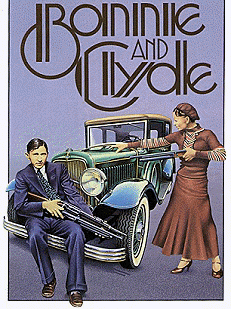


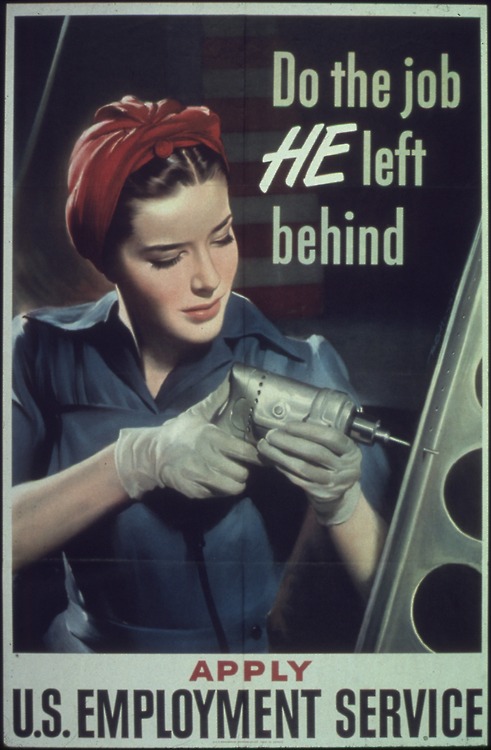


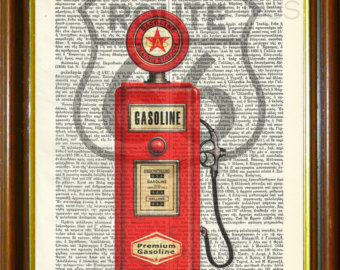
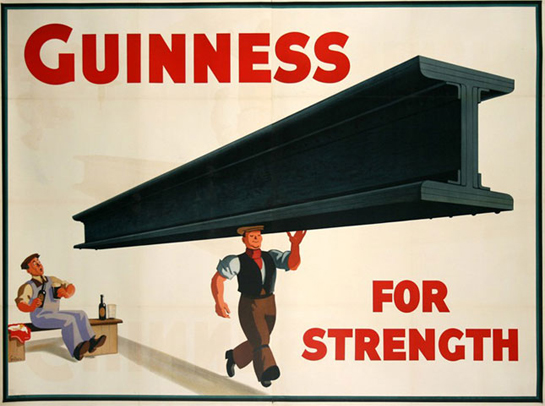


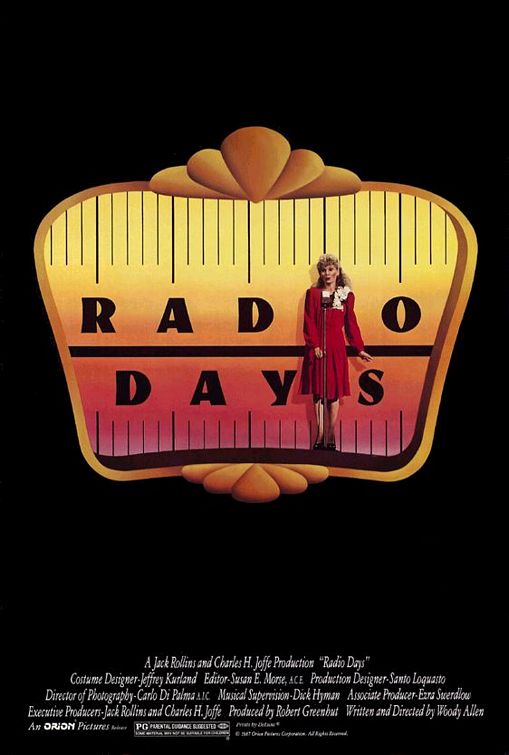

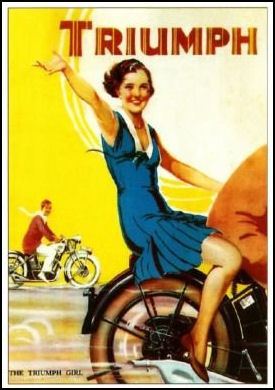



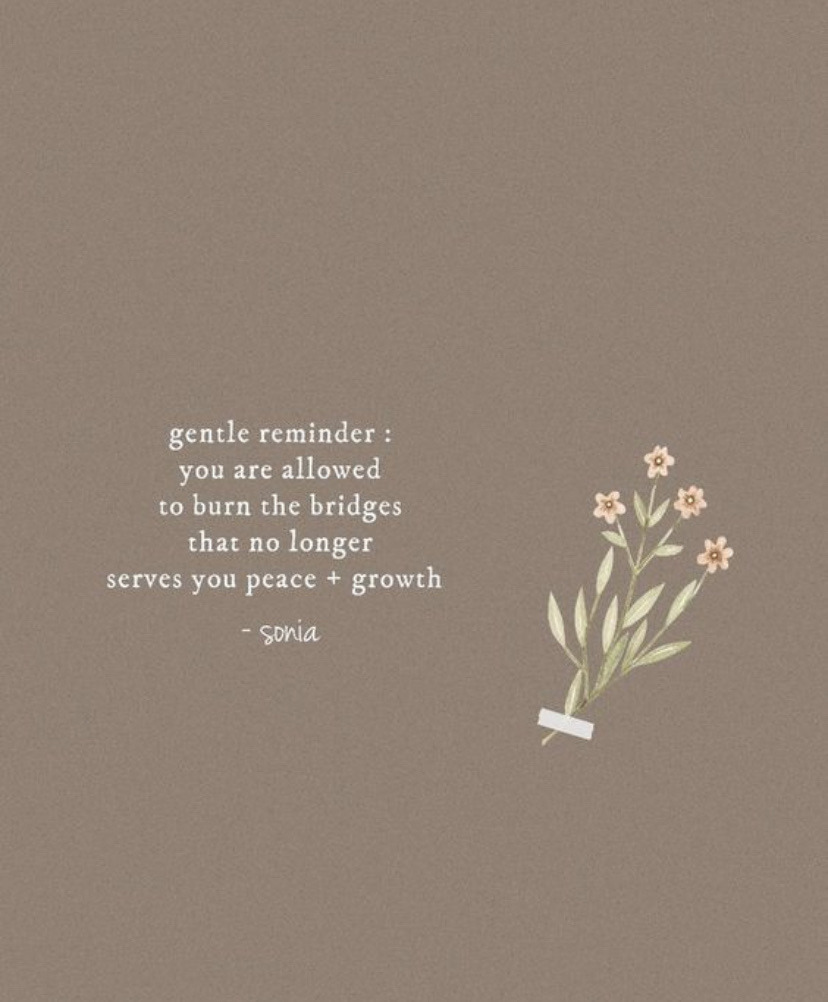





There are daze when the brain isn’t connected. Took a bottle from the rack, saw the first part, Pinot, and immediately plunked it in the fridge. A couple of hours later was looking for something and realized the second word was Noir, not Gris. Outta the fridge and on the counter, beside the thawing bone in skin on chicken thighs..
Now what? Honey garlic glaze, that’s what to go with a slightly chilled red.
Should have been all wrong with the vino, but the reconnected tastebuds enjoyed both.
A couple of surprises along the way. Anticipation that a Rothschild wine would be this inexpensive was one, but it IS an entry level offering. Very cherry flavours on the palate that sauntered into medium tannins. A much smoother transition than expected. Lots of flavours from a diverse terroir.
This one needs to do it’s deep breathing exercises to be enjoyed, so open the bottle at least an hour and a half before quaffing.
Baron Philippe de Rothschild Pinot Noir
12.5% Alcohol

New research shows that while cars are safer than they’ve ever been, women are at far greater risk of suffering serious or fatal injuries in a collision compared to men.
And a major reason why, experts say, is because automotive safety tests are conducted almost exclusively with crash test dummies modelled after men.
CBC News obtained an advance copy of a University of Virginia study that is set to be published in an upcoming issue of the journal Traffic Injury Prevention.
It looked at 22,854 frontal crashes between the years 1998 and 2015 involving 31,254 occupants, ranging in age from 13 to 97 years old, with a near equal proportion of males (49.4 per cent) and females (50.6 per cent). All were restrained by a three-point safety belt. Pregnant occupants past their first trimester were excluded.
Researchers found the odds of a female sustaining a serious to fatal injury in a collision are 73 per cent higher than they are for a male.
This in spite of the fact the study also found that the odds of sustaining a serious to fatal injury in a model year 2009 or newer vehicle are 55 per cent lower compared to older vehicles.
“We are improving automotive safety, tolerance, injury and fatality risk as a whole,” said Carolyn Roberts, a PhD student at the University of Virginia studying differences in automotive safety outcomes. “However … we’re improving automotive safety for males at a faster rate than we’re improving automotive safety for females.”
Carolyn Roberts, a PhD student at the University of Virginia, says car safety is improving faster for men than for women. (Keith Burgess/CBC News)
Researchers and other experts say that’s because of a lack of available female-specific safety data.
“We’re not including females in the data analysis, in the regulatory tests, in anything we do,” said Roberts.
wo male crash test dummies are seen after a test performed on a Ford Ranger. The dummies showed only minor injuries. (Aaron Saltzman/CBC News)
Many of the crash test dummies used today are based on U.S. military men from the 1960s. “So it’s a very fit-shaped male,” said Becky Mueller, senior safety engineer at the Insurance Institute for Highway Safety (IIHS) in Ruckersville, Va., an independent research organization that uses crash tests to rate the safety of vehicles.
The IIHS conducts 60 to 70 crash tests per year and has conducted more than 1,300 since the mid-1990
“One factor as to why we’ve focused mainly on male crash test dummies is that dummies take a long time to develop and to use,” said Mueller.
The dummy the IIHS is currently using was developed in the 1970s and really wasn’t even scientifically ready for use in research until the 1990s, she said. It has become kind of the standard dummy for the past 20 years.
It takes so long to develop dummies because they are actually far more sophisticated than they appear. They closely mimic parts of the human anatomy, with a very detailed neck assembly, for example, and even an Achilles heel that closely resembles that of a human. Newer dummies are also equipped with as many as 150 data points, allowing researchers to collect a variety of information on different kinds of trauma.
There are a few female dummies, such as the Hybrid III used at both the University of Virginia and the IIHS, but researchers at both organizations say it’s essentially just a smaller version of a male dummy and doesn’t reflect the many anatomical, physiological and genetic differences between males and females.
Those differences, along with many others, may contribute to why women are more vulnerable than men in car crashes, she said.
“You have a three-point seatbelt. How does that sit on top of breasts? Does it move more easily if I lean out and now I have a more complicated chest geometry than a male? Is that problematic?”
Roberts said the answers aren’t clear because there has never been a single study on how breast tissue affects seatbelt placement.
Discomfort talking about the differences between male and female anatomy could also be a factor in the dearth of data on female crash risks, she said.
“Throughout the menstrual cycle, stiffness and joint ranges of motion change,” she said, citing one such example. “So there could be a time during the menstrual cycle when a female is more susceptible to injury.”
Again, there’s no data to determine whether this is the case, she said.
At least one automaker backs up the University of Virginia research about the safety gap.
Volvo has been collecting and analyzing real-world crash data since the 1950s. The Swedish company recently announced it will share that data and its findings with other automakers as part of something it calls Project E.V.A., or Equal Vehicles for All.
Like the researchers at the University of Virginia, Volvo has found that women are at higher risk for injury than men. And the company agrees that part of the reason is automakers continue to make design decisions based on findings derived solely from the use of male crash test dummies.
Volvo calls that “a fundamental issue with inequality in terms of car safety development.”
“We have data on tens of thousands of real-life accidents to help ensure our cars are as safe as they can be for what happens in real traffic,” said Lotta Jakobsson, professor and senior technical specialist at the Volvo Cars Safety Centre in Gothenburg, Sweden. “This means our cars are developed with the aim to protect all people, regardless of gender, height, shape or weight.”
Based on its own crash data and other studies, Volvo says it created virtual crash test dummies to better develop safety technologies that help to protect both men and women equally. The automaker said that began as far back as 1998 with the introduction of its WHIPS whiplash protection, after discovering women were at greater risk of chest and whiplash-type injuries in collisions.
Volvo’s announcement that it will make all of its safety data available for other automakers, at no cost, is similar to what it did 60 years ago when it shared the proprietary design for the three-point safety belt.
“The intent is to make sure we design cars that are safe for everyone. Of course there are differences in males versus females and that comes through and that needs to be taken into consideration when you build the car,” said Matt Girgis, managing director of Volvo Car Canada.
Volvo’s initiative is being applauded by those struggling to work with male-based automotive safety data.
“To leave out half the population and say that they can be represented by something that doesn’t really represent them is a disservice to protecting all of us in crashes,” said IIHS’s Becky Mueller.
Big Bad John – Jimmy Dean
T E Ford – 16 tons
Ringo – Lorne Greene
Lee Marvin – I was born under a wandering star
Ray Stevens – Ahab
Little Red Riding Hood
Kim Carnes – BETTE DAVIS EYES
Maria Muldaur – Midnight At The Oasis
Webb Space Telescope Images
https://webbtelescope.org/contents/news-releases/2022/news-2022-031#section-id-2